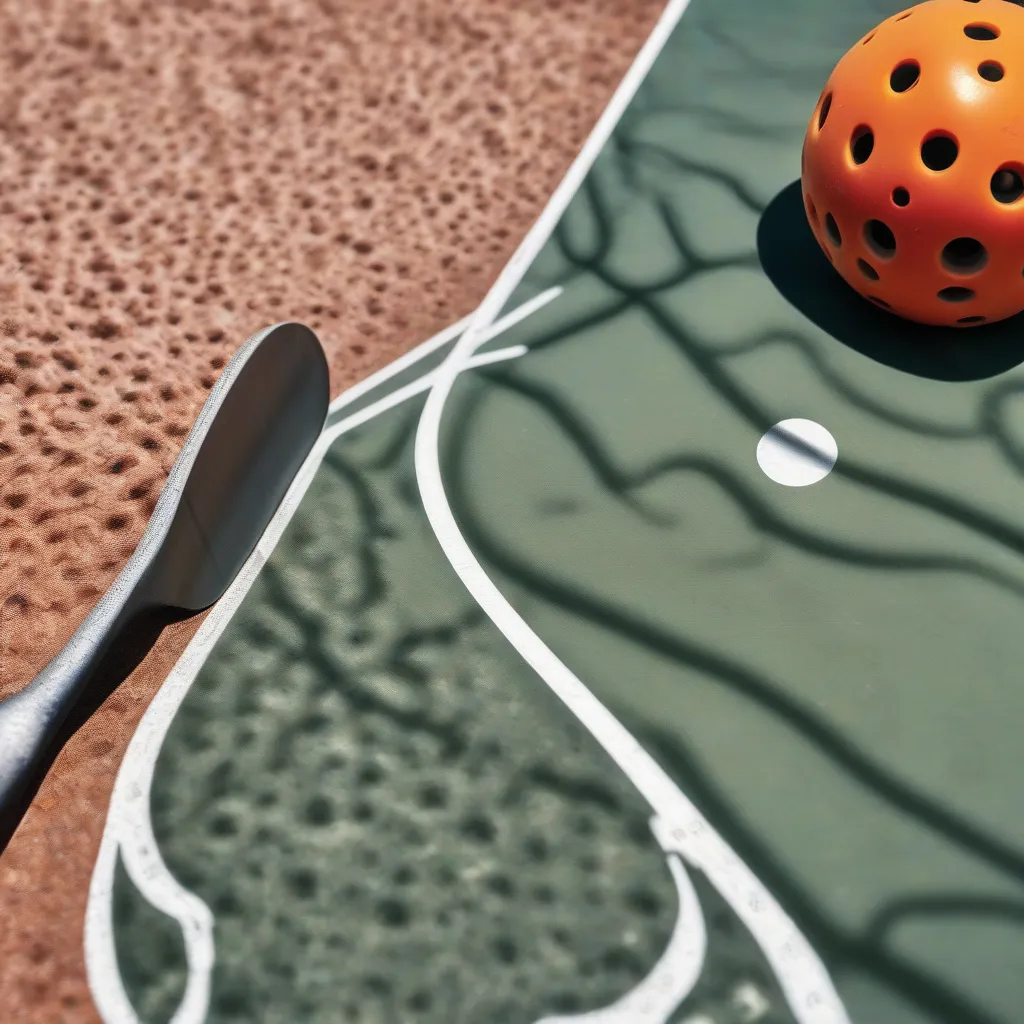Have you ever watched a pickleball pro effortlessly dink the ball just out of reach, or whip a devastating spin serve that leaves their opponent stunned? While skill and strategy play a huge role, the secret weapon often lies in the texture of their pickleball paddle. Understanding how to evaluate pickleball paddle surface textures is crucial for optimizing your game and achieving peak performance. In this guide, we’ll delve deep into the world of paddle surfaces, exploring the different types, their impact on gameplay, and how to choose the perfect texture to match your playing style.
Understanding Pickleball Paddle Surface Types
Pickleball paddle surfaces primarily fall into two categories: smooth and textured. Within these categories, there’s a spectrum of variations, each with its own unique characteristics.
 Pickleball Paddle Surface Comparison
Pickleball Paddle Surface Comparison
Smooth Surfaces
Smooth surfaces offer less friction, resulting in a cleaner ball release. This is ideal for players who prioritize control and placement over spin. Smooth paddles excel in dinking and blocking, allowing for precise shots with minimal effort. However, generating significant spin can be more challenging with a smooth surface.
Textured Surfaces
Textured surfaces, on the other hand, provide more grip on the ball, allowing for greater spin generation. The increased friction allows players to impart more rotation on the ball, leading to more aggressive serves, powerful groundstrokes, and deceptive drop shots. However, this increased grip can sometimes compromise control, especially for beginners. Textured surfaces often come in different grit levels, with higher grit numbers indicating a rougher surface and greater potential for spin.